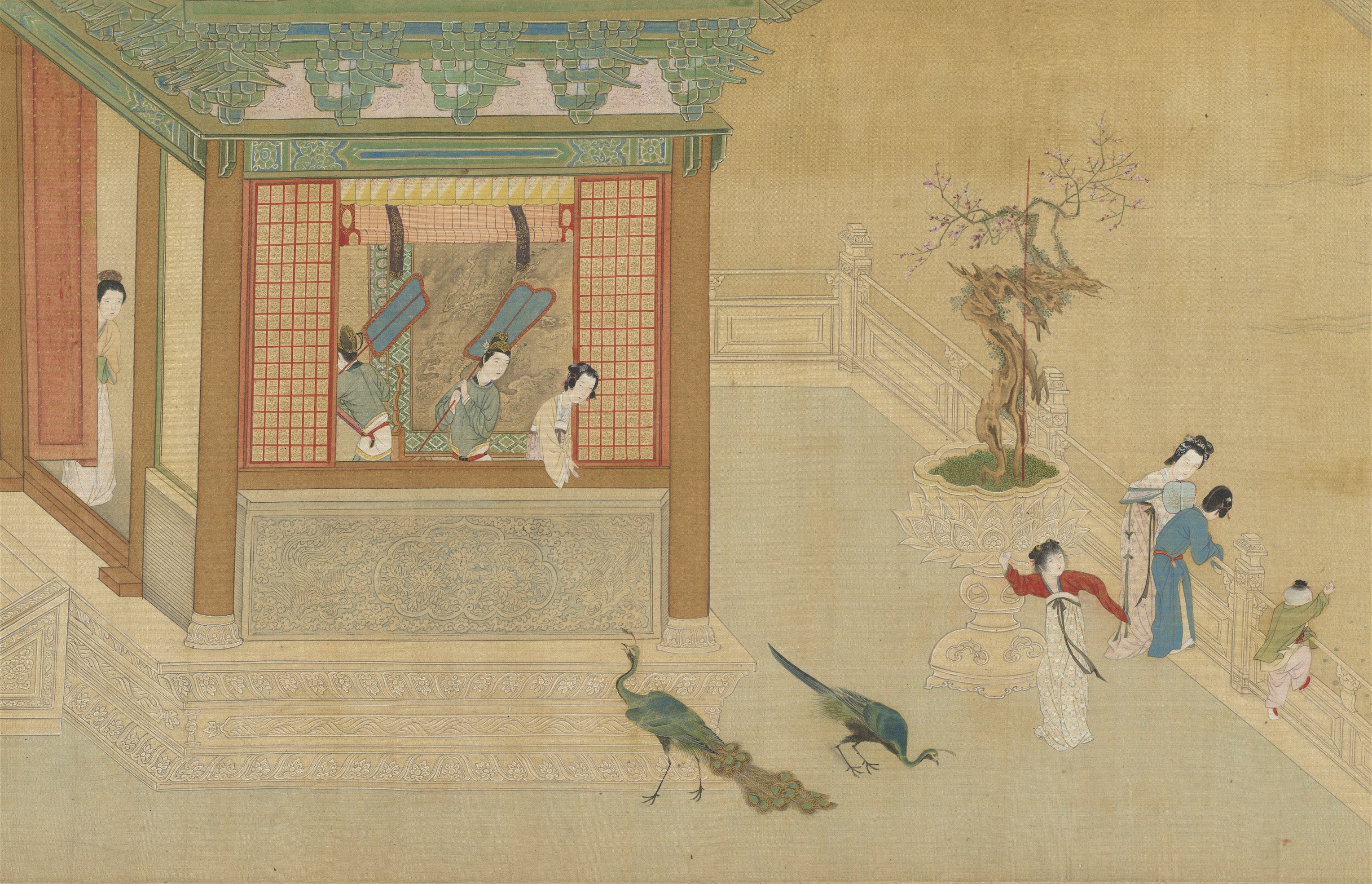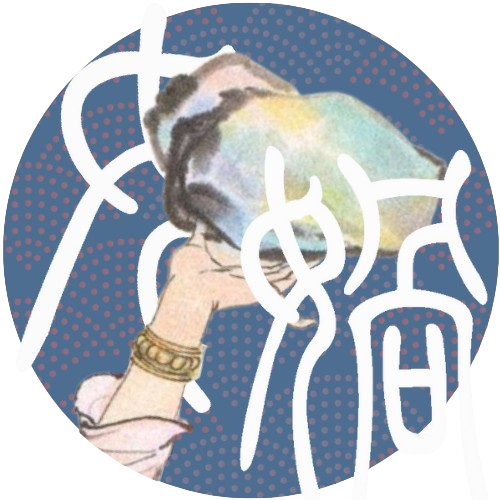welcome · free international shipping on $175USD+ orders!

General FAQ
your frequently asked and answered questions, store FAQ below
Yes! People of all ethnicities, religions, and cultures can wear hanfu.
Remember to wear it properly, respectfully, and in a non-sexual way.
It's a nuanced question, as is all questions regarding wearing of cultural clothing.
It's always best to educate yourself on the history and types of garments, you can find information on the history behind these pieces on our Learn the History tab or on our independent blog: Nüwa's Encyclopedia.
Please understand that the viewpoints of Nüwa Hanfu does NOT represent the viewpoints of all Chinese people (mainland Chinese, Chinese-Americans, and other diaspora).
If you don't feel comfortable with wearing a full hanfu set, maybe start with traditional style jewelry or HanYuanSu 汉元素 which is a modernized version of hanfu clothing meant for everyone to enjoy!
Please understand that the viewpoints of Nüwa Hanfu does NOT represent the viewpoints of all Chinese people (mainland Chinese, Chinese-Americans, and other diaspora).
Yes! As long as you wear the hanfu properly, respectfully, and in a non-sexualized way.
Please be careful to remain true to the history and the roots of hanfu.
Qing Dynasty clothing and qipaos/cheongsams, including clothing for Manchurian & Han women, is widely regarded as a separate entity from hanfu for two main reasons:
- Hanfu refers to the clothing (fu, 服) of the Han ethnic group (han, 汉). If clothing worn during an era is not Han 汉 in design and construction, it is not considered to be "Han Clothing" 汉服.
- Qing Dynasty and the Republic of China were not Han-ruled dynasties. Same applies for the Yuan Dynasty (Mongolian ruled era). Clothing from non-Han ruled eras are not regarded as hanfu.
- Qing Dynasty garments are Manchurian in design, thus the later Qipao/Cheongsam that was based on Qing Dynasty dress are also Manchurian, and not regarded as hanfu.
While during the Qing Dynasty, Han ethnic women continued to wear hanfu 汉服 consisting of two-piece sets. While Manchurian women wore one-piece robes. By the end of the Qing, Han clothing had taken on a lot of Qing style embroidery, colors, and designs while keeping the two-piece form.
Interestingly, Han women's clothing during the Qing Dynasty isn't widely regarded as hanfu 汉服 either, and more commonly called Qing Han Nv Zhuang 清汉女装 "Qing Han Women's Ensemble".
While the Qipao/Cheongsam is more of a modern garment, emerging in the 20th century, it is based of Manchurian robes. Its modernity and Manchurian roots is why qipao is separated.
Clothing FAQ
detailed instructions and recommendations for sizing & washing
Most of our sizing charts are measured differently with different keywords than your typical sizing chart, due to the nature of constructing traditional clothing.
Note that Chinese sizes are typically smaller than US sizes. If it's your first time purchasing hanfu, please size up once or twice from your typical western size.
For Qipaos/Cheongsams specifically: recommended to add 2-3cm to your measurements for a comfortable fit. Or 3-5cm for a looser fit, then select the size that fits the added measurements. Do not select a size that directly matches your measurement.
Terminology
Length:
- Tops/Dresses: Measured from the middle back to the hem.
- Skirts: Measured from the waistband down to the hem.
- Pants: Measured from the waistband to the bottom hem along the outer seam.
Width:
- Skirts: Refers to the full width of the skirt's waistband or fabric panel when laid flat.
- Pants: Can refer to the width of the pant leg at specific points, such as the thigh or ankle.
Waist:
- The circumference of the waistband, at the smallest part of your torso.
Hips:
- The circumference measured around the fullest part of your hips and bottom.
Bust:
- The circumference measured around the fullest part of the chest.
Waist/Hip/Bust Recommendations:
- Suggested measurements provided by the brand for the best fit, based on the garment's design.
Cuff:
Refers to the circumference of the opening at the:
- Wrist (for sleeves)
- Ankle (for pants)
- Shoulder (for short sleeve designs)
Recommended to use tailor's measuring tape.
Please measure in centimeters.
For detailed information and guide on how to measure, please head to our Sizing Guide.
Many hanfu skirts are measured by width rather than traditional waist sizing.
The width is the total horizontal length of the skirt fabric, measured by laying the skirt flat and measuring from end to end.
To find your fit:
- Take the measuring tape and find the skirt's width
- Wrap the width's length around your waist. There should be a considerable overlap of 10-12 cm (or more) to ensure a secure fit and to allow the skirt to tie properly.
While the width is important for the overall fit, it's also crucial to check the skirt's length to ensure it matches your height.
If the brand provides recommended waist measurements, these are guidelines for the ideal waist size the skirt should fit.
To measure the waist:
- Find the narrowest part of your torso. This is usually above your belly button and below your rib cage.
- Take a flexible measuring tape and wrap it around your waist at the natural waistline. Make sure the tape is snug but not too tight.
If the sizing chart includes this information, it’s best to consider those recommendations to avoid guessing based on width alone.
It is also recommended to measure the waist wearing a large sweater to ensure it can layer well!
Washing depends case by case, detailed instructions are written within each product description. Products come with laundry tags and care instructions as well.
A good rule of thumb for any traditional garment:
Please hand wash carefully as to not ruin the embroidery, jewels, or buttons.
Please air dry or lay flat. Hand washing and air drying also extends the life of your hanfu.
Please steam out the wrinkles. Be extremely careful with ironing; iron on the lowest temperature setting to avoid melting through the delicate fabrics!
Do not use bleach.
If you would like to clean hair accessories, please use an alcohol or antibacterial wet wipe to gently wipe it down.
For leather bags, follow the same steps as washing hair accessories.
For cloth bags, please spot clean with soap, water, and a small towel.
Do not use bleach.
Shop FAQ
restocks, returns, pricing
A "construction period" is a period of time where individual brands sew the garments you ordered.
Some brands have shorter periods, others have longer periods. It is recommended to look at item descriptions carefully to see how long it will take to create.
Hanfu is made small-batch for quality assurance, hence construction periods.
Nüwa Hanfu specializes in finding high-quality brands making authentic traditional clothing (no fast fashion hanfu here!). Higher quality brands require time to create their garments.
Items with construction period will not be shipped until all product(s) are ready.
Items with construction period will be shipped with standard shipping methods using YunExpress and USPS, with an estimated transit time of 7-14 days.
If you need a set immediately, Nüwa Hanfu may not be the shop for you.
We appreciate your patience and understanding!
Please understand that all items on Nüwa Hanfu are handmade by individual and oftentimes independent brands.
Most hanfu is made small-batch and take up to 4 months to create one piece by hand.
Within the hanfu industry, some products are only on the market for a certain period of time. Ultimately, there is no guarantee that a specific set or item will be restocked.
It usually takes 4-10 weeks for a brand to fully restock, depending on the item and complexity of the garment.
Our professional advice? Buy the set you want as soon as possible! There is always a higher chance of the item being discontinued rather than restocked and it's always heartbreaking to find out your dream set has sadly been discontinued.
You can additionally sign up for our email list to be notified once it's back in stock.
If you would like to return, exchange, cancel an order, or get a refund, please read and follow the Store Policy page for more information and further steps.
The pricing for all items on Nüwa Hanfu contains: the price for the item itself, construction price, local warehouse shipping fee, and international warehouse handling fee.
Additional shipping fees paid by customer for all orders under $150 USD.
Only 15% of each item's price goes to us.
Here at Nüwa Hanfu we believe in transparency with our pricing and of course, most importantly - getting you the best hanfu.
If you come across an item in a different listing, you can always request for us to add it to Nüwa Hanfu!
Feel free to contact us below with specifics and we'll add the product to the shop.
